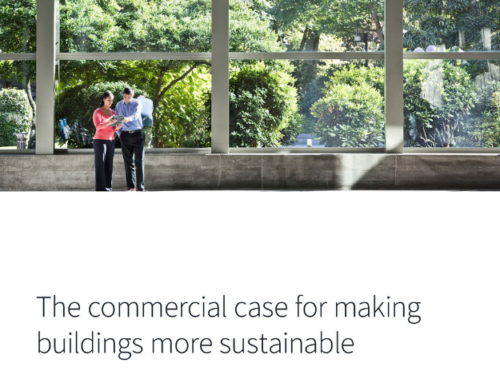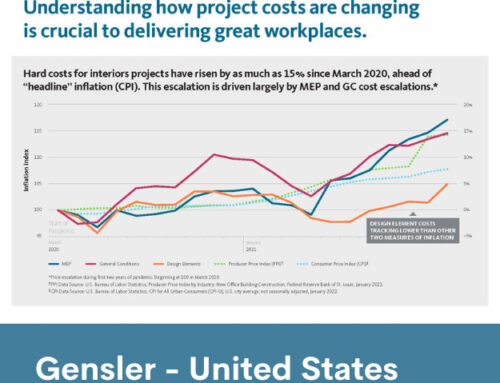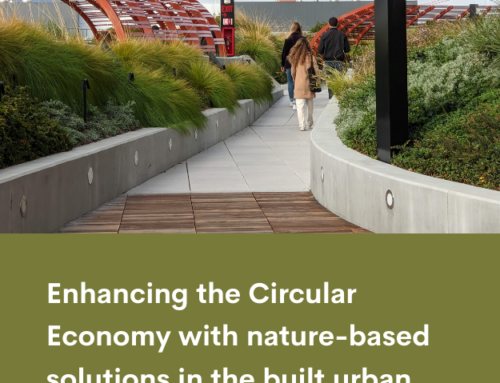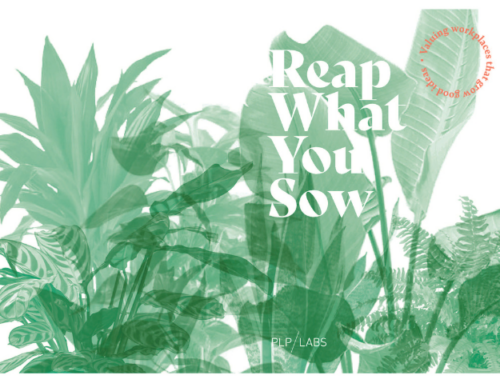Green Roofs: An Analysis on Air Pollution Removal and Policy Implementation
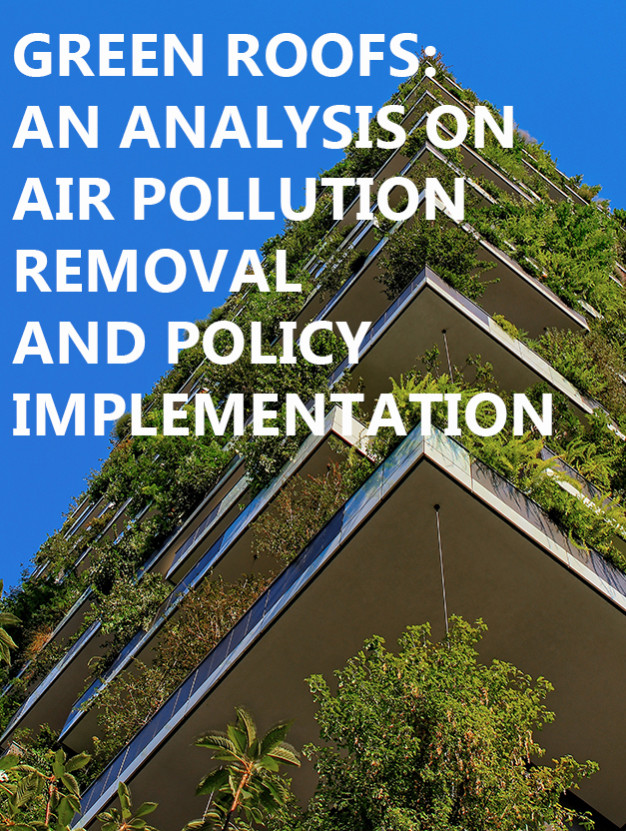
On October 1948, a thick cloud of air pollution formed above the industrial town of Donora, Pennsylvania. It lingered for five days, killed 20 people and induced sickness in 43% of the town (Environmental Protection Agency, 2007). Pollution poses a serious threat to our environment and health. Nearly one-quarter of the people in the U.S. live in areas with unhealthy short-term levels of particle pollution, and roughly one in ten people live where there are unhealthful levels year-round (American Lung Association, 2010). Air pollution is of particular concern to public health as it is the cause of hazards including upper respiratory irritation, chronic respiratory irritation, heart disease, lung cancer, and chronic bronchitis (Kampa & Castanas, 2008). The most common health- related impacts from air pollution are increased occurrences of respiratory illnesses such as asthma and a greater incidence of cardiovascular disease (Pope, Bates & Raizenne, 1995). Urban environments struggle heavily with air pollution due to the large amount of factories and vehicles that are major sources of air pollutants that accumulate so much that they become a hazard to human health. In Canada, the Ontario Medical Association found air pollution to result in 9,500 premature deaths per year (OMA, 2008) and estimates increased costs of healthcare up to $506.64 million and lost productivity of up to $374.18 as a result of air pollution (OMA, 2005). Conditions will only worsen as pollution grows with population, traffic, industrialization and energy use (Mayer, 1999). There are many pollutants in the air of an urban environment, though particulate matter (PM10), ozone (O3), sulfur dioxide (SO2), and nitrogen dioxide (NO2) are among the most serious to human health (World Health Organization, 2016).

